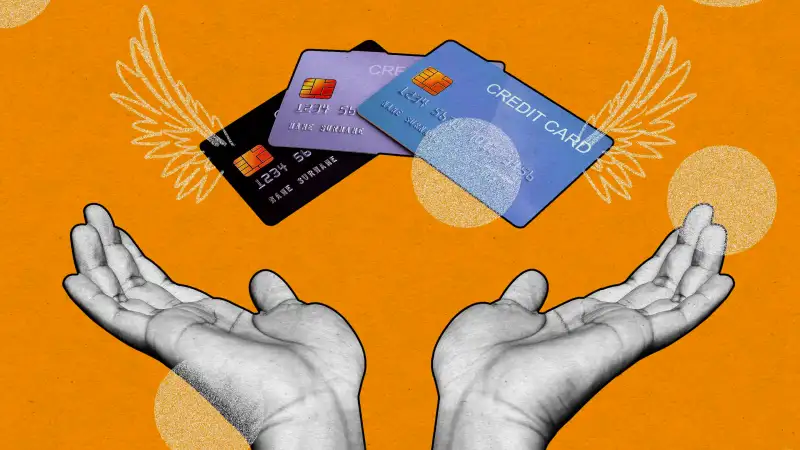5 Popular Strategies People Are Using to Escape Credit Card Debt

As inflation spiked in recent years, almost half of Americans have taken to relying more on credit cards to make ends meet. And although inflation levels are retreating, households are still relying on these lines of credit.
A survey of 1,000 U.S. adults conducted by consumer website Debt.com finds that 45% of Americans have been pushed by inflation to use their credit cards far more frequently.
Inflation has taken a toll on consumers, reaching a peak of over 9% in June 2022. Fortunately, the Federal Reserve’s interest rate hikes have (so far) proven effective at getting this rate back down. But while the Fed has pressed the pause button on its inflation-combatting interest rate hikes and plans to reverse them at some point in 2024, the effects of high prices still loom large on personal finances.
According to the survey, half of Americans are carrying a higher credit card balance due to inflation, with 1 in 5 Americans owing between $10,000 and $20,000 on credit cards alone. More than one-third (35%) say they’ve maxed out their credit cards sometime in the last several years. And over 35% of respondents report having an average credit card annual percentage rate (APR) of 20% or greater.
Getting out of credit card debt
Debt.com's survey found that 58% of Americans have never tried the possible solutions highlighted below for getting out of their debt. Bear in mind, though, that the survey didn't necessarily focus just on people struggling with debt. It included all Americans — and many of them don't have any debt to pay off.
Of those who have explored different strategies for helping to pay off credit card debt, here are five of the most popular options:
Debt settlement
Debt settlement, a strategy considered by 1 in 10 respondents, is the process of negotiating your credit card debt with your creditor. This can be a negotiation that you handle on your own, but there are plenty of third-party debt settlement companies as well.
Debt settlement isn't a guaranteed thing, though; your lender doesn't necessarily have to agree to settle and accept a lower amount than what you owe. It's not the fastest method out there, and it can lower your credit score, making it a riskier route. You'll also need to pay the settlement company; fees tend to average between 15% and 25%, paid when the settlement is reached.
Credit counseling
Sometimes, all you need is a little know-how. Credit counseling, considered by 13% of survey respondents, is a good path for those who think they can manage their debt as-is but need guidance. Credit counselors provide their clients with the education aspect of debt management, and they can help pinpoint the personal goals to managing your own unique case of debt.
Oftentimes, though, credit counseling comes at a price. While many services offer free first sessions, companies can charge up to the federally-capped $79 in Debt Management Plan (DMP) fees and an additional fee which averages at about $40.
DIY plan
One of the most inexpensive methods for managing your debt is DIY planning. Most credit counselors charge rates to help you come up with your debt management plan, unless you use a non-profit or other method of free assistance.
An alternative is planning ways to get out of debt on your own. The options range from creating a budget and reducing expenses to evaluating your own credit report for errors. About 11% of respondents have looked into trying DIY methods for getting out of credit card debt.
Debt consolidation loan
Debt consolidation is the practice of transferring multiple debts into a single loan, so that you don't need to worry about paying multiple bills each month. One of the more popular debt management methods, 14% of Americans have considered giving it a try.
For some people, this could make the debt load more manageable, and it can sometimes even lead to a lower overall interest rate. Drawbacks to this method of management include origination fees to creditors and longer repayment periods.
Credit card balance transfer
A popular type of debt consolidation is that of the credit card balance transfer. These credit cards allow you to consolidate your credit card balances and outstanding loans into a single new credit card.
The best balance transfer credit cards often come with lower interest rates and friendly introductory periods; many offer 0% APRs for the first 12 to 21 months. Balance transfer credit cards are the most popular option for Americans in the survey, with 19% considering them as a way to manage their debts.
More from Money:
How to Pay Off Credit Card Debt
